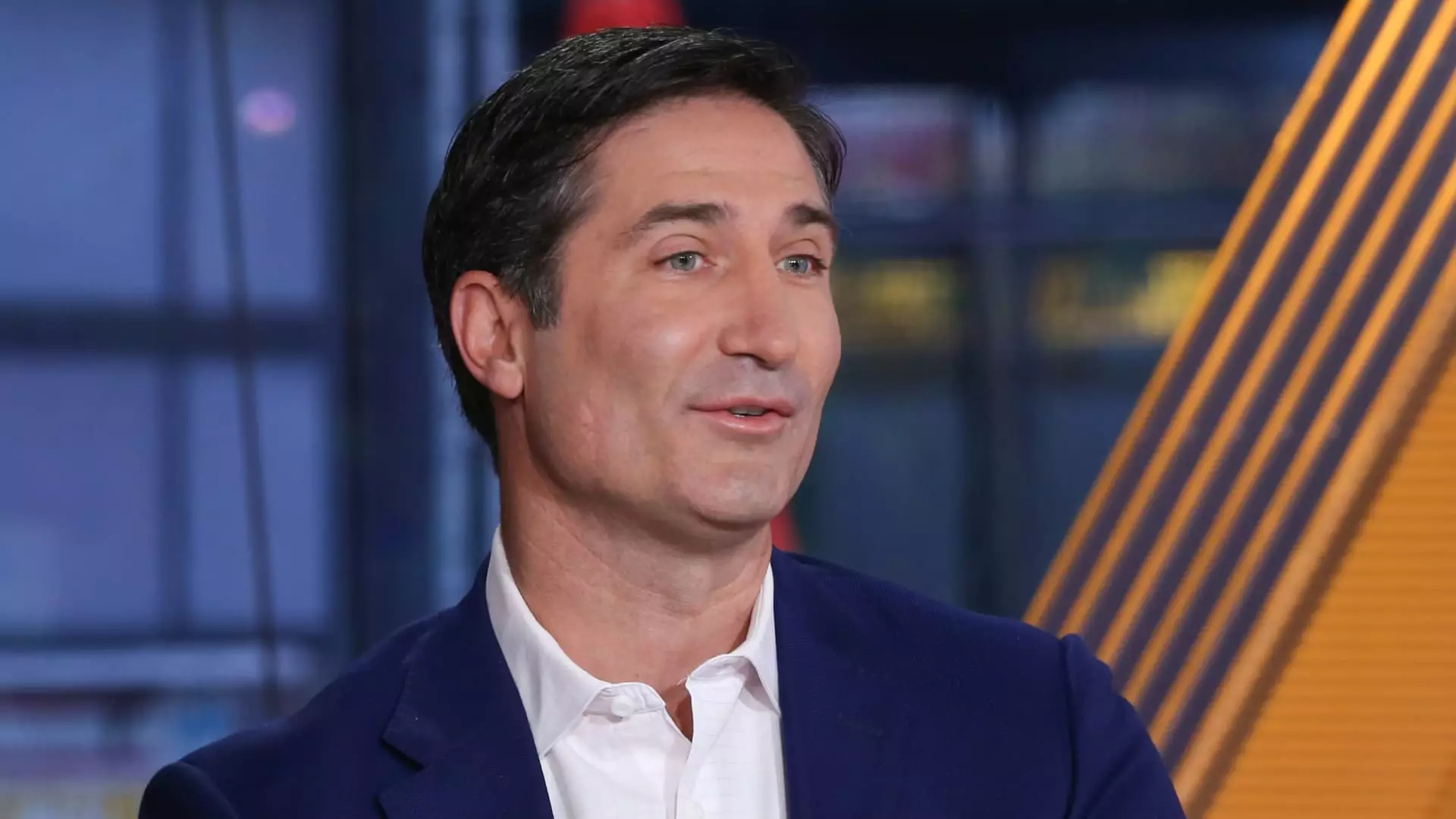In a noteworthy display of resilience, Starbucks has reported its quarterly earnings amid ongoing struggles within its U.S. market. The coffee chain, widely recognized for its global footprint, is grappling with a decline in same-store sales—the fourth consecutive quarter of downward movement. Despite this alarming trend, the company surpassed Wall Street’s financial projections, showcasing a complex interplay of challenges and opportunities in its recent financial performances.
Starbucks’ latest fiscal report highlights a net income of $780.8 million or 69 cents per share. This figure marks a substantial decrease from the previous year’s earnings of $1.02 billion, which equated to 90 cents per share. Revenue remained stable year-on-year at $9.4 billion but fell short of desired growth metrics, revealing the stagnation of same-store sales, which declined by 4%. These numbers emerge against the backdrop of increasing competition and shifting consumer preferences, particularly in a landscape where foot traffic has dipped significantly—by 6% overall and 8% within its U.S. cafes.
The company’s performance illustrates a crucial aspect of retail dynamics: while revenue metrics can provide a veneer of stability, they often obscure deeper operational challenges. A downward trend in same-store sales serves as a critical indicator of long-term viability, suggesting an urgent need for strategic realignment.
At the helm of this transition is CEO Brian Niccol, who has articulated a clear commitment to reviving the brand by refocusing on its coffee heritage and customer experience. The leadership is exploring strategies that aim to attract customers back to the cafes through various initiatives, including the removal of additional charges for nondairy milk options, and emphasizing the quality and appeal of its core coffee offerings. Such adjustments are not merely cosmetic; they reflect an intent to align the brand more closely with consumer desires in an evolving market.
Niccol’s confidence in these changes is mirrored by a brief 3% uptick in share prices post-announcement, indicating investor optimism—albeit with an undercurrent of caution. The stock’s immediate positive response suggests a market willingness to support transformative strategies, notwithstanding the negative sales outlook.
Turning to geographic performance, both U.S. and international same-store sales experienced declines of 4%, but both regions did outperform Wall Street predictions. Particularly in China—Starbucks’ second-largest market—sales fell sharply by 6%. This reflects a broader struggle as the company navigates price-sensitive consumers amid fierce competition, notably from players like Luckin Coffee, who have tilted the marketplace dynamics with aggressive pricing strategies.
Starbucks’ approach of implementing discounts in China underscores its adaptability, yet it raises questions about long-term profit sustainability. Reliance on discounting may counterbalance immediate sales pressure but could undermine the brand’s premium positioning.
Strategic Adjustments and Future Outlook
In response to current market demands and the ongoing financial pressures, Starbucks has recalibrated its growth strategy, notably suspending its fiscal 2025 projections. This decision illustrates the need for a more cautious approach as the company aims to consolidate its resources to fuel its revival efforts, including a reduction in new store openings and timely renovations.
Moreover, restructuring at the corporate level is critical, as Niccol has introduced changes, further splitting the role of the North American president into two positions—an action aimed at enhancing operational focus and efficiency.
Starbucks stands at a pivotal juncture, confronting a mix of operational challenges and market opportunities. As it pushes through this tough period, the company’s ability to genuinely reconnect with customers while maintaining its core brand ethos will be essential. Shares may have responded positively, but underlying issues remain—how Starbucks navigates the complexities of consumer sentiment, competitive pressures, and internal restructuring will ultimately dictate its future trajectory. The path forward necessitates agility, a clear commitment to its foundational principles, and a strong vision for customer engagement—elements crucial to weathering this transformative phase.

